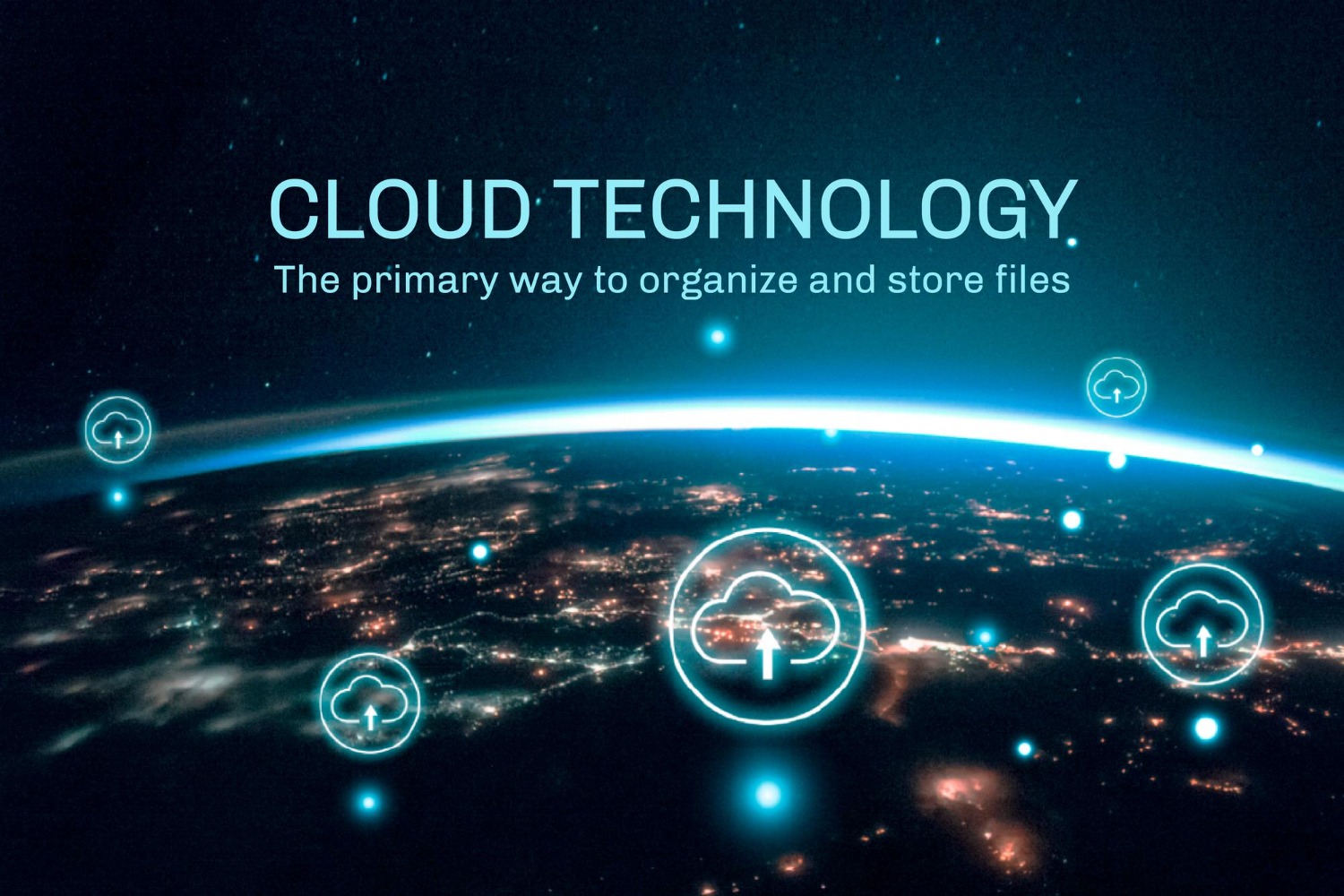How Does the Cloud Work? A Beginner’s Guide to Cloud Computing
Imagine storing all your files, applications, and even entire business operations on a system that you can access from anywhere in the world. That’s the power of cloud computing.
The cloud has transformed how we store data, run applications, and collaborate. Whether you use Google Drive, stream Netflix, or work with cloud-based business tools, you’re already using the cloud.
But how does it work? we’ll break down the fundamentals of cloud computing, explain how it functions, explore different types of cloud services, and highlight its benefits and challenges.
What is the Cloud?
The “cloud” refers to a network of remote servers that store and manage data, applications, and computing power. Instead of saving everything on your computer’s hard drive, you access resources through the internet.
These cloud servers are housed in massive data centres operated by companies like Amazon Web Services (AWS), Microsoft Azure, and Google Cloud.
Key Features of the Cloud:
✔ On-Demand Access: You can access your files and applications anytime, from any device.
✔ Scalability: You can increase or decrease storage and computing power as needed.
✔ Cost-Efficiency: You only pay for what you use, reducing the need for expensive hardware.
✔ Remote Collaboration: Teams can work together seamlessly from different locations.
How Does the Cloud Work?
The cloud functions through a combination of hardware, software, and networking. Here’s a simple breakdown:
1. Remote Data Centers
Cloud providers like AWS, Google Cloud, and Microsoft Azure maintain huge data centres with thousands of high-performance servers. These servers store and process data for millions of users worldwide.
2. Internet Connectivity
When you use a cloud service, your data is sent over the internet to these remote servers. The cloud provider manages the storage, security, and processing.
3. Virtualization Technology
Cloud computing uses virtualization, which allows a single physical server to run multiple virtual machines. This means different users can share the same physical resources without affecting each other’s performance.
4. Distributed Storage and Redundancy
Data is not stored in one single location. Instead, it is distributed across multiple servers. This ensures that even if one server fails, your data remains accessible from another backup server.
5. Security and Encryption
Cloud providers use advanced security measures like encryption, multi-factor authentication, and firewalls to protect your data from cyber threats.
Types of Cloud Computing
Cloud computing is categorized into different types based on how it is deployed and the services it offers.
1. Types of Cloud Deployment Models
a) Public Cloud
- Owned and operated by companies like AWS, Google Cloud, and Microsoft Azure.
- Available to anyone over the internet.
- Best for startups, businesses, and individuals who need cost-effective and scalable resources.
b) Private Cloud
- A dedicated cloud infrastructure is used by a single organization.
- Provides better security and control, making it ideal for industries like finance and healthcare.
c) Hybrid Cloud
- A combination of public and private clouds.
- Businesses use the public cloud for general workloads and the private cloud for sensitive data.
2. Types of Cloud Services
Cloud computing is categorized into three main service models:
a) Infrastructure as a Service (IaaS)
- Provides virtual machines, storage, and networking resources.
- Examples: Amazon EC2, Google Compute Engine, Microsoft Azure Virtual Machines.
- Used by businesses that want flexible and scalable computing power.
b) Platform as a Service (PaaS)
- Offers a platform with tools and frameworks to develop applications without managing the underlying infrastructure.
- Examples: Google App Engine, Microsoft Azure App Services, AWS Elastic Beanstalk.
- Best for developers building software applications.
c) Software as a Service (SaaS)
- Delivers fully managed software applications over the Internet.
- Example: Google Drive, Dropbox, Zoom, Microsoft Office 365.
- Ideal for individuals and businesses that need easy access to applications without installation.
Benefits of Cloud Computing
Cloud computing has revolutionized how businesses and individuals manage their digital resources. Here are some key advantages:
1. Cost Savings
- No need to buy expensive hardware or maintain servers.
- Pay only for the resources you use.
2. Scalability
- Businesses can scale up or down based on demand.
- Perfect for startups and growing companies.
3. Accessibility and Flexibility
- Access files and applications from anywhere in the world.
- Supports remote work and global collaboration.
4. Automatic Updates and Maintenance
- Cloud providers handle software updates and security patches.
- Reduces the burden on IT teams.
5. Disaster Recovery and Backup
- Data is stored across multiple locations, ensuring protection against hardware failures.
- Businesses can quickly recover lost data in case of cyberattacks or system failures.
6. Enhanced Security
- Cloud providers invest in top-tier security measures, including encryption and threat detection.
- Stronger protection compared to traditional on-premise systems.
Challenges of Cloud Computing
While cloud computing offers many benefits, it also has some challenges:
1. Internet Dependency
- Requires a stable internet connection.
- Slow or unreliable internet can affect access and performance.
2. Security and Privacy Concerns
- Sensitive data stored in the cloud is vulnerable to cyber threats.
- Businesses must follow strict security policies and compliance regulations.
3. Potential Downtime
- Cloud providers can experience outages, affecting access to services.
- Businesses must have backup plans in case of cloud service failures.
4. Hidden Costs
- While cloud services are cost-effective, unexpected costs can arise if usage isn’t monitored properly.
- Businesses should track resource consumption to avoid overspending.

The Future of Cloud Computing
Cloud computing continues to evolve with new advancements shaping the industry. Here are some trends to watch:
1. Edge Computing
- Data processing moves closer to the source, reducing latency and improving performance.
- Beneficial for IoT devices and real-time applications.
2. Artificial Intelligence and Machine Learning in the Cloud
- AI-powered cloud services enhance automation, data analysis, and decision-making.
- Cloud AI solutions are used in healthcare, finance, and e-commerce.
3. Multi-Cloud Strategies
- Companies are using multiple cloud providers to improve flexibility and security.
- Reduces dependence on a single vendor.
4. Quantum Computing
- Cloud providers are investing in quantum computing research.
- Expected to revolutionize problem-solving and data processing in the future.
Conclusion
Cloud computing has transformed how we store, access, and process data. It offers cost savings, flexibility, security, and scalability, making it essential for businesses and individuals alike.
Understanding how the cloud works helps you make informed decisions about using cloud services. Whether you’re running a business, developing applications, or simply storing personal files, the cloud offers endless possibilities.




